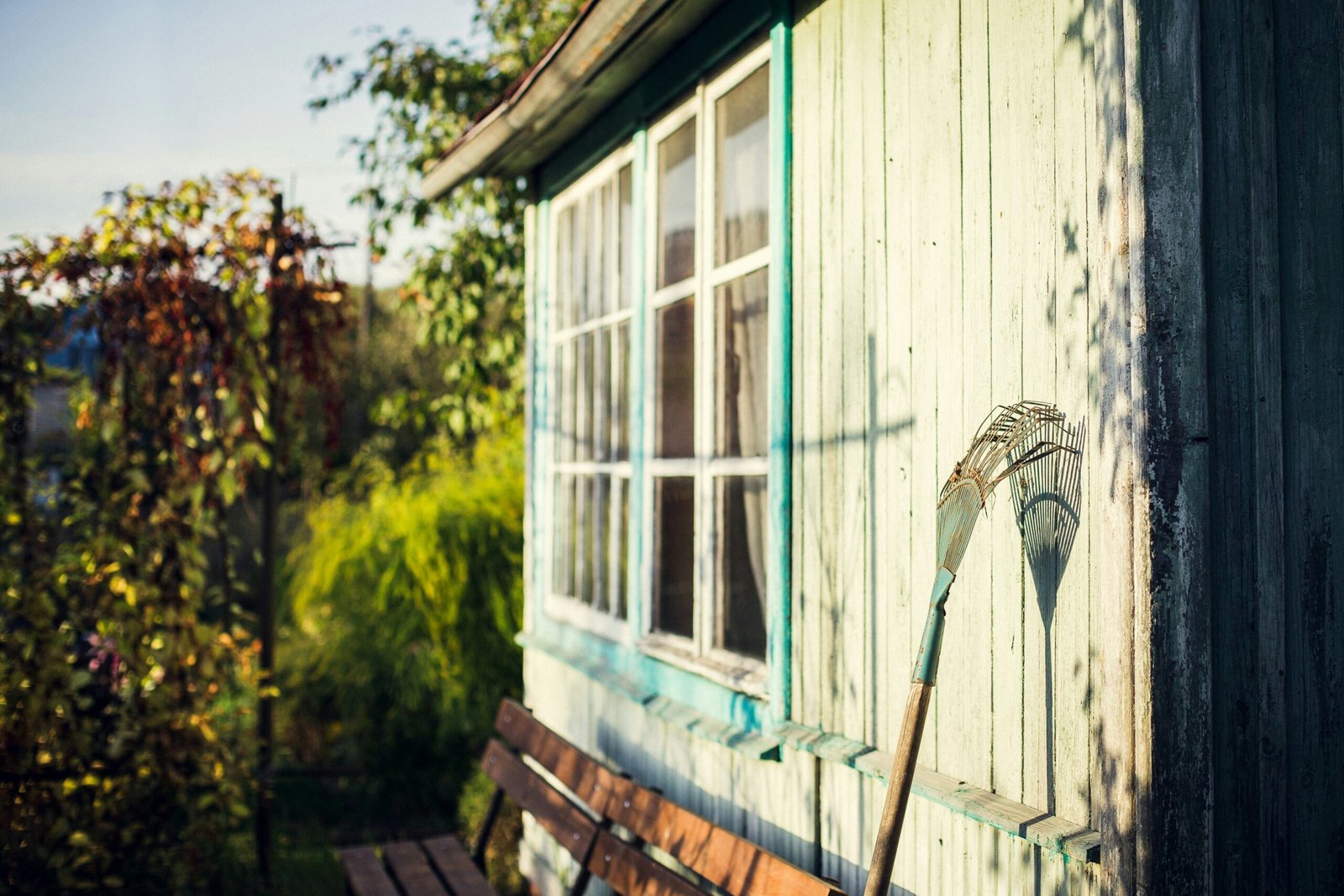Top 17 Shed Foundation Types: A Comprehensive Guide
Introduction
In this blog post, we will explore the top 17 shed foundation types. When building a shed, it is important to have a solid foundation to ensure stability and longevity. The type of foundation you choose will depend on various factors such as the size and weight of the shed, the soil conditions, and your budget. Let's dive into the different shed foundation options available.
1. Gravel Pad
A gravel pad is a simple and cost-effective shed foundation option. It involves clearing the area, leveling the ground, and filling it with compacted gravel. This type of foundation provides good drainage and stability for smaller sheds.
2. Concrete Piers
Concrete piers are another popular choice for shed foundations. They involve digging holes and pouring concrete footings at specific intervals to support the shed. This type of foundation is suitable for larger sheds and provides excellent stability.
3. Concrete Slab
A concrete slab is a solid and durable option for shed foundations. It involves pouring a thick layer of concrete over a leveled and compacted base. This type of foundation is ideal for heavy-duty sheds and provides a flat and level surface.
4. Sonotube
Sonotubes, also known as concrete form tubes, are cylindrical forms made of cardboard or fiber. They are used to create concrete piers by pouring concrete into the tubes and allowing it to set. This type of foundation is suitable for sheds of various sizes.
5. Treated Wood Skids
Treated wood skids are an economical option for shed foundations. They involve placing pressure-treated wooden beams horizontally on the ground to support the shed. This type of foundation is easy to install and works well for smaller sheds.
6. Concrete Block
Concrete blocks, also known as cinder blocks, can be used to create a sturdy shed foundation. They are stacked and leveled to provide a stable base for the shed. This type of foundation is suitable for sheds of various sizes and can be easily adjusted if needed.
7. Post and Beam
A post and beam foundation involves setting vertical posts into the ground and connecting them with horizontal beams. This type of foundation provides excellent stability and is ideal for larger sheds or when building on uneven terrain.
8. Eco-Friendly Foundations
For those looking for environmentally-friendly options, there are several eco-friendly shed foundation options available. These include using recycled materials such as rubber pavers, plastic grids, or even repurposed pallets as a base for the shed.
9. Helical Piers
Helical piers are a type of foundation that involves screwing metal helical plates into the ground to support the shed. This type of foundation is ideal for areas with unstable soil conditions or when building on slopes.
10. Concrete Footings
Concrete footings are a traditional and reliable option for shed foundations. They involve digging deep holes and pouring concrete to create a strong and stable base. This type of foundation is suitable for sheds of all sizes.
11. Elevated Foundation
An elevated foundation involves building a raised platform or deck for the shed. This type of foundation is ideal for areas prone to flooding or when you want to create additional storage space underneath the shed.
12. Railroad Ties
Railroad ties, also known as sleepers, can be used as a foundation for sheds. They are large and sturdy wooden beams that provide good stability. However, it is important to note that railroad ties may contain chemicals and should be handled with caution.
13. Concrete Pavers
Concrete pavers are a versatile option for shed foundations. They can be laid directly on the ground or on a bed of compacted gravel. This type of foundation provides good stability and can be easily adjusted or expanded if needed.
14. Wood Decking
Wood decking can be used as a foundation for sheds, especially when building on uneven terrain. It involves constructing a raised platform using pressure-treated wooden beams and decking boards. This type of foundation provides a level surface and additional storage space.
15. Crushed Stone
Crushed stone, also known as decomposed granite or crushed gravel, can be used as a shed foundation. It is spread and compacted to create a stable and permeable base. This type of foundation is suitable for sheds of various sizes.
16. Plastic Grids
Plastic grids, also known as grid systems or honeycomb grids, are an innovative shed foundation option. They are made of durable plastic and can be filled with gravel or grass. This type of foundation provides good drainage and stability.
17. Adjustable Steel Piers
Adjustable steel piers are a versatile option for shed foundations. They consist of steel columns that can be adjusted to the desired height. This type of foundation is suitable for sheds of various sizes and can be easily leveled.
Conclusion
Choosing the right shed foundation is crucial for the stability and longevity of your shed. Consider factors such as the size and weight of the shed, soil conditions, and your budget when selecting a foundation type. Whether you opt for a simple gravel pad or a more complex concrete slab, ensure that the foundation provides a solid and level base for your shed.
- Crafting Affordable Dream Sheds: Cost-Effective Solutions for You
- Affordable Outdoor Storage: Budget-Friendly Shed Alternatives
- Dont Break the Bank: Top Picks for Cheap Shed Options
- Crafting Cost-Effective Solutions: Affordable Shed Construction Explained
- Empowering Your Space: Tips for Managing Shed Construction Budget
- Unveiling Shed Building Cost Estimator: Your Budgets Best Friend
- Revamp Your Shed: Creative Shed Base Ideas for Your Outdoor Oasis
- Elevate Your Shed Game: Unveiling the Magic of Concrete Foundations
- Budget-Friendly Solutions: Exploring Prefab Shed Prices
- Step-by-Step Gravel Shed Foundation Building Made Easy


Leave a Reply
You must be logged in to post a comment.